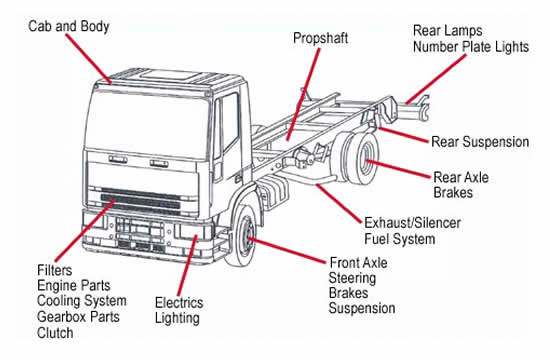
When looking for parts for your fleet, there are all kinds of factors to consider. In fact, it can seem downright daunting to find the right truck parts with so many solutions available these days. Add to this the fact that online ordering opens up the marketplace to hundreds of additional suppliers, and it’s no wonder fleet managers have a tough time deciding where to turn.
Thankfully, finding the right parts for your fleet doesn’t have to be frustrating. Below are three factors you can use to determine if a part is right or not:
1. Have a Chat
One of these easiest and most time-tested methods of finding the right truck parts is to simply rely on your peer network. Aside from experiencing a part’s performance for yourself, the best way to learn about what works best is by talking with partners, vendors and OEMs. These are trusted resources that can provide insight without the need to make purchases, install parts and find out for yourself.
When you speak with these resources, make sure to ask questions beyond the basics. While you do want to get an overall feel for someone’s opinion on and experience with a part, ask questions that dig into factors like reliability, durability and service life. The more specific your questioning, the better your understanding will be of what you want to look for in a truck part.
2. Review Your Reports
Fleet management reports can provide a lot of insight into the service life of your parts. It’s a good idea to analyze these reports to look for patterns that show where certain parts have a higher rate of failure.
In reviewing this data, take note of the brand of the failed part, and don’t forget to also consider adjoining parts. It may be that a specific part is not to blame, but instead, an adjacent part could be causing a high failure rate.
3. Look Over a Truck’s Service History
Although looking at part-specific data is crucial when trying to figure out what will be the best parts for your trucks, you also want to review your service history. There may be some overlap in your service history and part-specific failure reporting, but your service history can give a better idea of the service life of various parts. In this data, you will be able to see how long specific parts and part categories have lasted since installation, and this can help you to determine what categories require an overhaul.
